
Nissan X-Trail Station Wagon (2007-2014) review
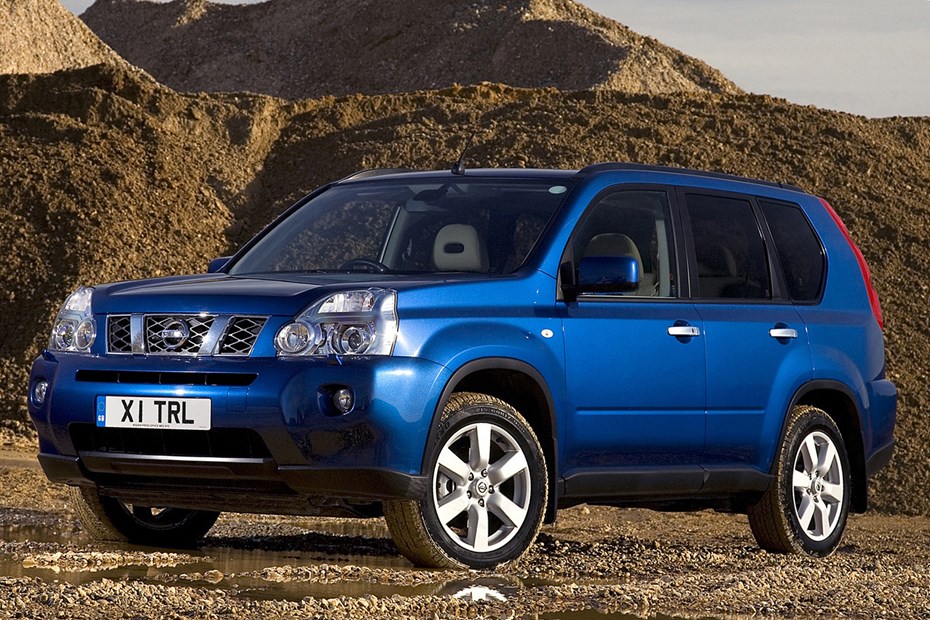
At a glance
| Price new | £19,035 - £31,225 |
|---|---|
| Used prices | £657 - £6,932 |
| Road tax cost | £315 - £735 |
| Insurance group | 26 - 35 |
Get an insurance quote with

|
|
| Fuel economy | Not tested to latest standards |
| Range | 415 - 629 miles |
| Number of doors | 5 |
| View full specs for a specific version | |
Available fuel types
Petrol
Diesel
Pros & cons
Practical interior, well built, more than capable off-road, refined on road
Legroom is tight in the back, thirsty petrol engines
Nissan X-Trail (07-14) rivals
Overview
The Nissan X-Trail is one of the best family 4x4s around. This version – launched in 2007 – may look fairly similar to the previous model but it is actually very different with improved refinement, a higher quality interior and fresh engines.
As before, it’s smooth to drive, comes with a strong yet refined dCi diesel engine and has a versatile and practical interior. It also fits the bill if you’re looking to tow or live off the beaten track and need four-wheel drive capability – something which not all alternatives can offer. Add to that a strong reputation for reliability and the X-Trail is a strong package with wide appeal.
Capable off-roader
Nissan has a long history with 4x4s and off-roaders with vehicles such as the Patrol that means the X-Trail has some considerable pedigree. When it bears comparison with the Land Rover Freelander, you know the X-Trail is good in the dirt.
It comes with four-wheel drive as standard for all models now and the only engines on offer are the 150- and the 173bhp 2.0-litre turbodiesels – the petrol engines were dropped in 2009 as so few buyers ordered an X-Trail with petrol power.
Good ground clearance and rugged mechanical parts also help the X-Trail perform very well off-road. It’s good on terra firma too thanks to a supple ride and minimal body lean in bends. From rest to 62mph comes up in 10.0 seconds flat for the 173bhp six-speed manual versions, while the six-speed auto needs 12.5 seconds.
Poor rear legroom
The Nissan X-Trail may be quite big on the outside, but this does not translate into very good rear legroom. This is all the more unusual and frustrating as the X-Trail has the ceiling height to allow rear seat passengers to sit comfortably upright, which should help with leg room. However, adults will find head and leg space in the back seat more restricted than in the like of the Land Rover Freelander or Honda CR-V.
This means the X-Trail is not quite the all-round mid-sized SUV you might hope for, although it does have a generous boot and 40/20/40 split and fold rear seat that helps make it practical for carrying odd-sized loads. Can that practicality eclipse the opposition? Read the full Nissan X-Trail review to find out.



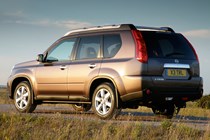
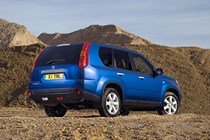
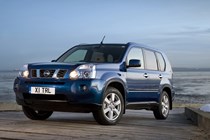
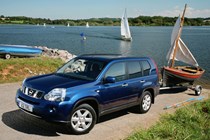
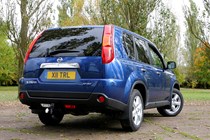

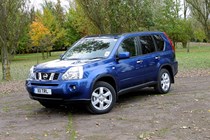
.jpg)
.jpg)
.jpg)
.jpg)
.jpg)
.jpg)
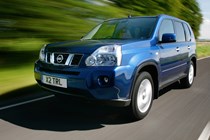


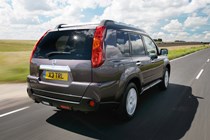
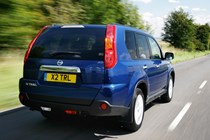
.jpg)
.jpg)
.jpg)
.jpg)
.jpg)
.jpg)
.jpg)
.jpg)
.jpg)
.jpg)
.jpg)

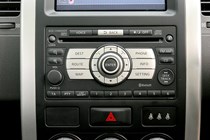

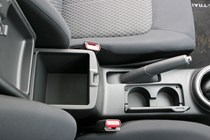
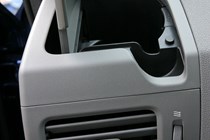
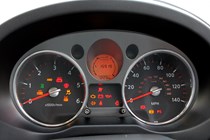
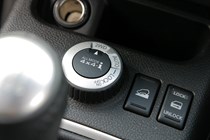
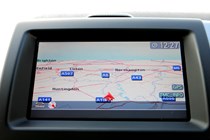
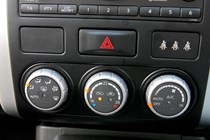
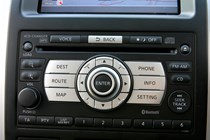
.jpg)
.jpg)
.jpg)
.jpg)
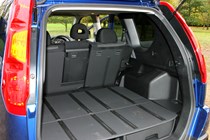
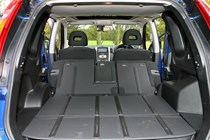
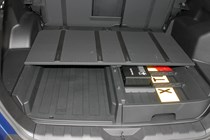
.jpg)
.jpg)
.jpg)
.jpg)
.jpg)
.jpg)
.jpg)
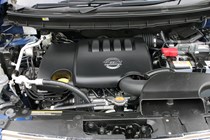
.jpg)
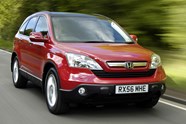
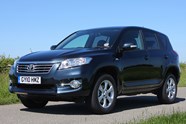
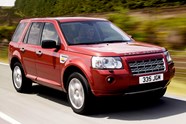








.jpg?quality=50)
.jpg?quality=50)
.jpg?quality=50)
.jpg?quality=50)
.jpg?quality=50)
.jpg?quality=50)





.jpg?quality=50)
.jpg?quality=50)
.jpg?quality=50)
.jpg?quality=50)
.jpg?quality=50)
.jpg?quality=50)
.jpg?quality=50)
.jpg?quality=50)
.jpg?quality=50)
.jpg?quality=50)
.jpg?quality=50)










.jpg?quality=50)
.jpg?quality=50)
.jpg?quality=50)
.jpg?quality=50)



.jpg?quality=50)
.jpg?quality=50)
.jpg?quality=50)
.jpg?quality=50)
.jpg?quality=50)
.jpg?quality=50)
.jpg?quality=50)

.jpg?quality=50)